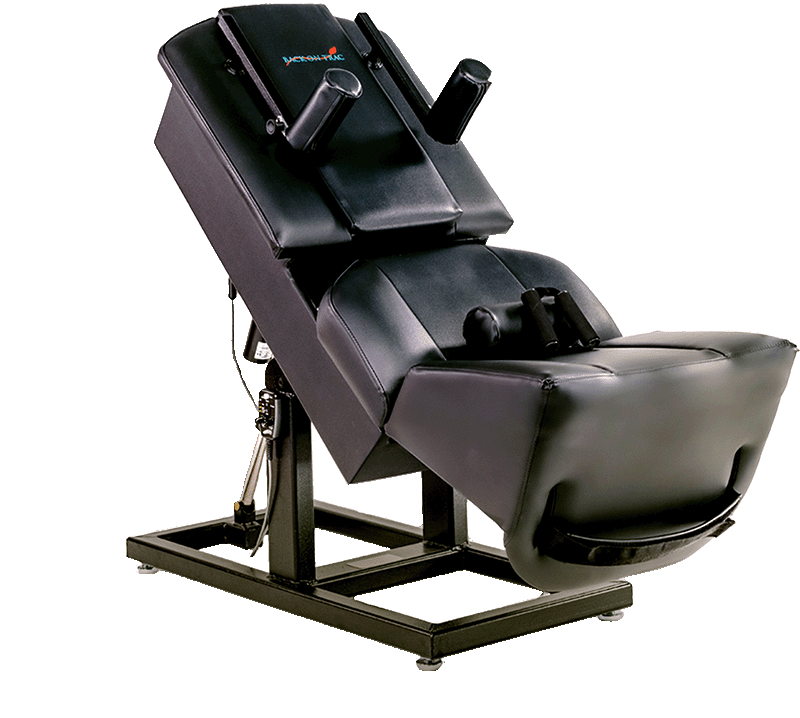Back-On-Trac
Back-On-Trac Spinal Decompression Therapy is one of the most important treatment protocols out there to reduce or eliminate lower back pain by taking pressure off the neural elements of the spine.
Time and time again on initial consultations with our patients we review our X-ray and see compression of the spine and loss of the disc space. Your spine’s purpose is to provide support for your body. The spine is made up of vertebrae (7 cervical, 12 thoracic, and 5 lumbar), ligaments and disc in between each of the vertebrae to keep it flexible. Your nervous system consist of the spinal cord which travels from the brain down your spine and nerves exit the spine to EVERY part of your body.
When someone injures their spine or if there is degeneration to your spine it can cause pain. Some people report feeling compressed or squashed. Others feel pinched nerve type pain due to the pressure being put on the spinal nerves.
Spinal decompression along with the chiropractic adjustment actually takes pressure off the disc, off the nerves which decreases pressure and decreases pain.


